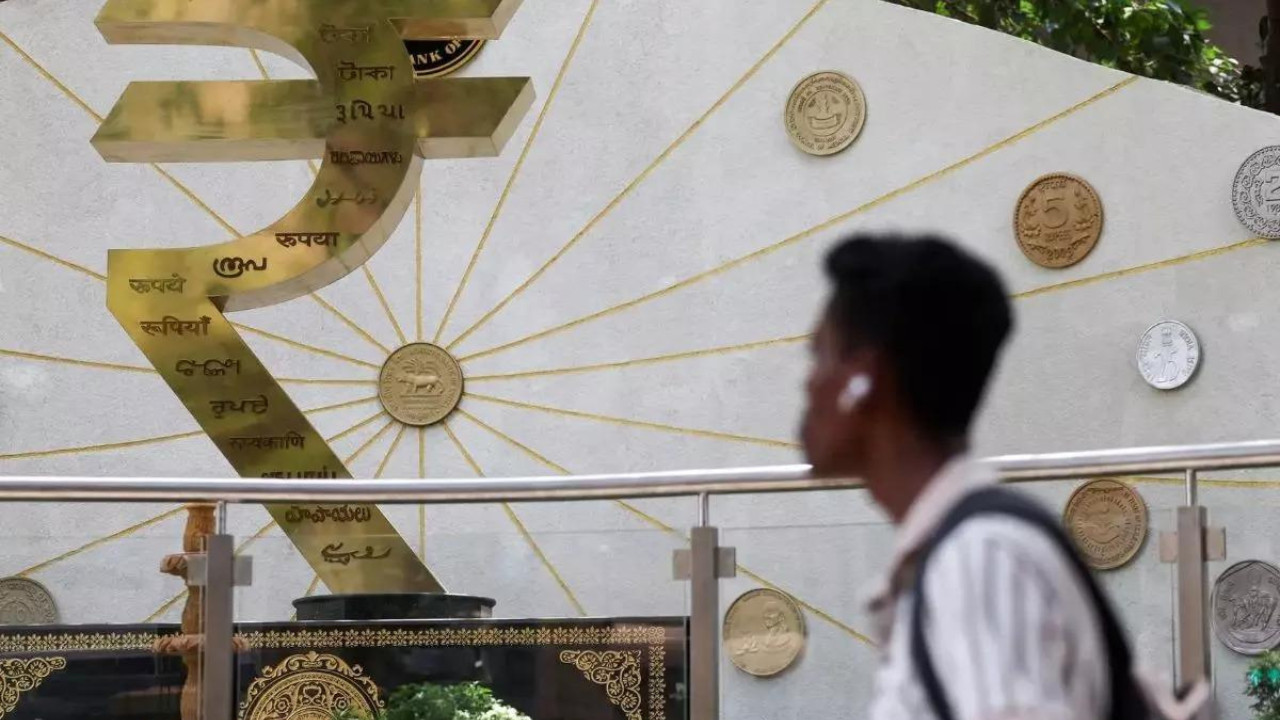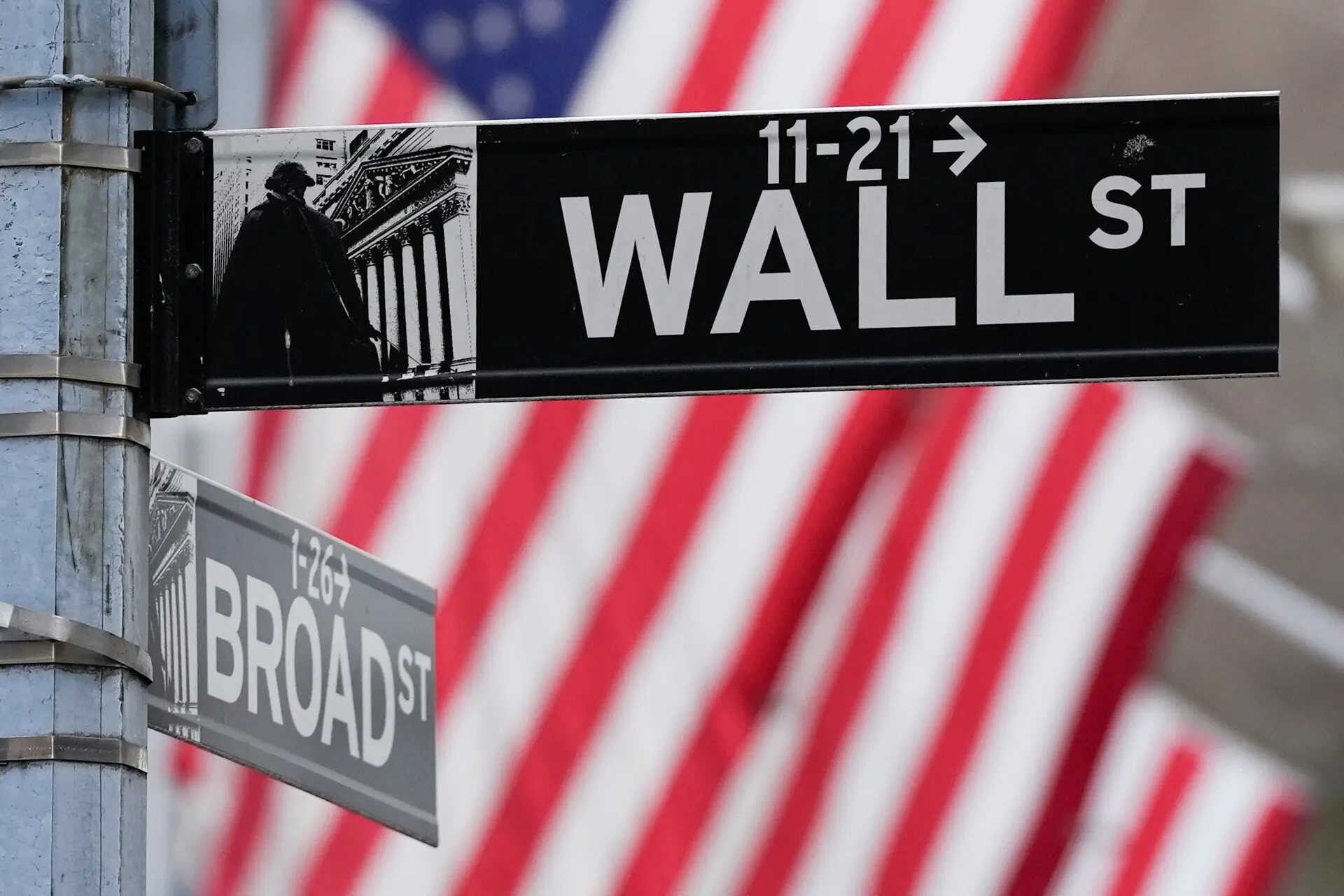The Indian rupee weakened to 86.34 against the US dollar due to rising crude oil prices and geopolitical tensions in the Middle East. A stronger dollar and subdued domestic equities further pressured the rupee. Despite bearish cues, foreign institutional investors were net buyers, purchasing equities worth Rs 1,482.77 crore.
Feeling the Pinch: Why Your Wallet Might Be a Little Lighter Thanks to Global Headaches
Okay, let’s talk money. Specifically, the rupee and how it’s currently doing the financial equivalent of a tightrope walk – and not always gracefully. You might have noticed prices creeping up a little, or perhaps that holiday you were planning looks a tad more expensive. A big part of that? The rupee’s recent slip against the US dollar.
Yesterday, it took a dip, settling at 86.34 against the greenback, a 30-paise fall. Now, 30 paise might not sound like much when you’re grabbing a cup of chai, but in the grand scheme of international finance, it’s a signal flare. So, what’s behind this wobble? It’s a perfect storm brewing, really.
The most immediate culprit is that ever-volatile beast: oil. You know how you groan every time you fill up your tank? Imagine that feeling multiplied by a million when you’re talking about a country’s economy. A spike in global oil prices invariably hits India hard. We import a massive amount of crude, and when that becomes more expensive, the demand for dollars to buy that oil naturally increases. This increased demand strengthens the dollar and weakens the rupee. Think of it like a see-saw: the dollar goes up, the rupee goes down. Simple, right? (Well, relatively.)
But oil isn’t the whole story. We also have to factor in the increasingly complex and frankly, nerve-wracking, geopolitical landscape. Let’s face it, the world feels a little precarious right now, doesn’t it? International tensions, conflicts, and the uncertainty they create send ripples through financial markets. Investors, being the cautious creatures they are, often flock to safer havens during times of instability. The US dollar, being the world’s reserve currency, is often seen as that safe haven. This “flight to safety” further strengthens the dollar, adding even more pressure on currencies like the rupee.
And as if that weren’t enough, our own stock market performance is adding to the mix. A weak stock market can signal a lack of confidence in the domestic economy. When investors are feeling uncertain, they might pull their money out of Indian stocks and invest elsewhere, again increasing the demand for dollars and weakening the rupee. It’s a domino effect, unfortunately.
Now, I know what you’re thinking: “Great, more bad news.” But before you resign yourself to a life of instant noodles, it’s important to remember that currency fluctuations are normal. They’re part of the ebb and flow of global economics. And the Indian economy has shown considerable resilience in the past.
However, this dip in the rupee does have some real-world implications. Imported goods, from electronics to certain food items, are likely to become more expensive. This could contribute to inflation, which, let’s be honest, is already a concern. Businesses that rely heavily on imports will also feel the pinch, potentially impacting their bottom lines and, eventually, consumer prices.
On the flip side, a weaker rupee could make Indian exports more competitive. This could boost certain sectors, particularly those focused on manufacturing and services for international clients. So, it’s not all doom and gloom.
The question now is, what happens next? Will the rupee continue its slide, or will it stabilize and regain some ground? Predicting currency movements is notoriously difficult, even for seasoned financial analysts. A lot depends on how those key factors – oil prices, geopolitical stability, and domestic market sentiment – play out in the coming days and weeks.
The Reserve Bank of India (RBI) undoubtedly will be keeping a close eye on the situation. They have tools at their disposal to intervene in the currency market, such as selling dollars from their reserves to support the rupee. Whether they choose to deploy these tools, and to what extent, is a crucial decision that will impact the rupee’s trajectory.
For us, as individuals, understanding these global economic forces is important. It helps us make informed decisions about our finances, from planning our spending to considering investment options. We need to be aware of these trends. While we can’t control the global economy, we can adapt to its changes and make informed choices that protect our financial well-being. This might mean being a bit more budget-conscious, prioritizing needs over wants, and perhaps reassessing our investment strategies.
Ultimately, the rupee’s recent dip is a reminder that we’re all interconnected in this globalized world. Events happening thousands of miles away can have a tangible impact on our everyday lives. Staying informed and adaptable is the key to navigating these economic currents and keeping our financial ship afloat. So, keep an eye on the news, stay informed, and remember – a little bit of knowledge can go a long way in these uncertain times.







